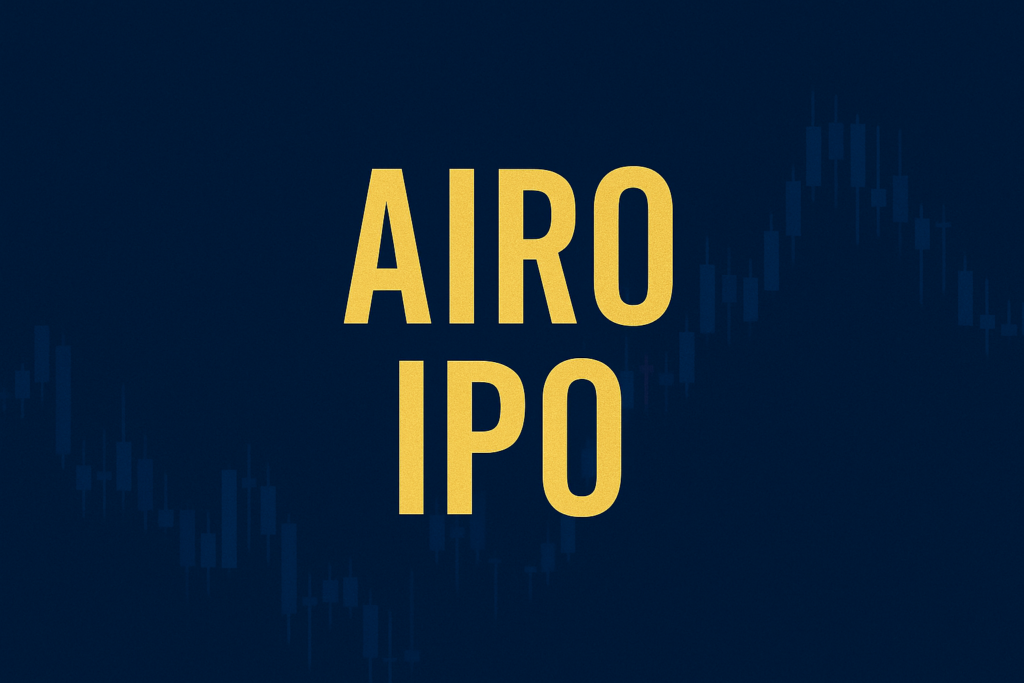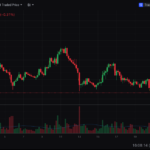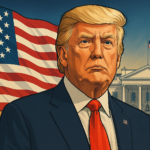The financial world has been buzzing about the latest entry into the public markets: AIRO Group Holdings, Inc., a multi-domain aerospace and defense company. With the company officially filing for its initial public offering (IPO) under the ticker symbol “AIRO”, traders are asking the big question: Is this a smart investment—or just another headline grabber?
🚀 Who Is AIRO Group?
AIRO is a tech-focused aerospace firm working across urban air mobility, avionics, training, and defense solutions. Its portfolio includes unmanned aircraft systems (UAS), training for pilots, and advanced avionics systems. The company isn’t just building drones—it’s trying to build the future of connected aerospace technology.
💰 IPO Highlights
- Ticker Symbol: AIRO
- Exchange: NASDAQ (pending approval)
- Offering Size: $XX million (to be announced)
- Use of Funds: Expansion of manufacturing, R&D, and strategic acquisitions
The IPO is expected to bring significant capital to fuel AIRO’s growth, particularly in its drone and pilot training divisions.
🔍 Why Are Traders Watching It?
AIRO has become a hot topic due to its involvement in future-forward sectors like autonomous aviation and military-grade tech. As the market watches for “the next Tesla of the skies,” AIRO is positioning itself as a leader in this high-growth vertical.
Retail traders are piling into early coverage, hoping to capitalize on post-IPO momentum or a potential long-term winner.
⚠️ Risk or Opportunity?
Potential Upside:
- First-mover advantage in urban air mobility
- Strong interest from defense and aerospace markets
- IPO hype could lead to rapid short-term gains
Red Flags:
- It’s a complex and capital-intensive industry
- Limited public financials pre-IPO
- Could be overvalued due to hype alone
📈 Final Take
The AIRO IPO is exciting—and it could be a game-changer in the aerospace sector. But traders should separate buzz from fundamentals. Whether you’re in for a quick momentum play or researching a long-term position, keep your eyes on how the IPO is priced, and watch investor sentiment closely in the first few days of trading.
Stay sharp. Hype flies fast, but so do crashes.







